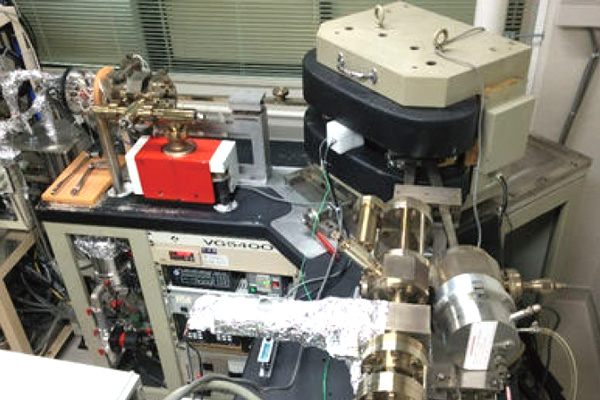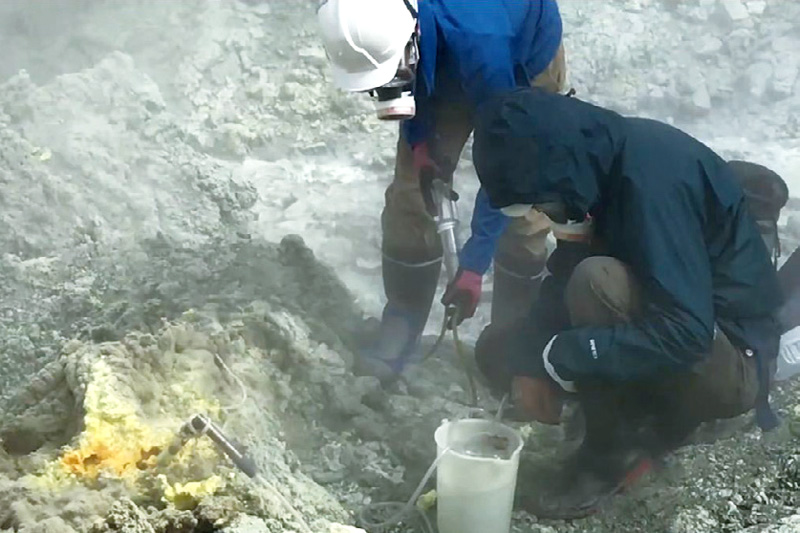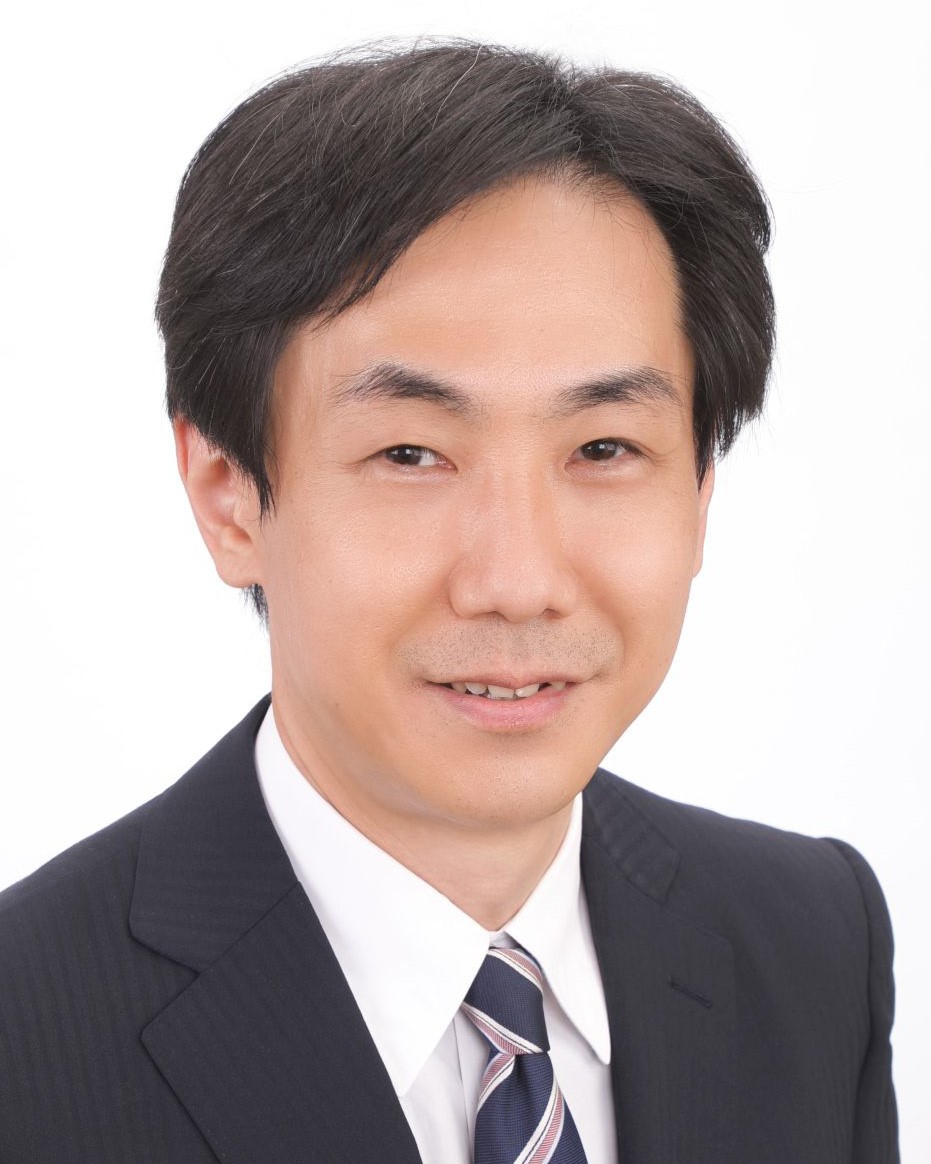- HOME
- Research
- Research Category
- Geochemistry and Environmental Chemistry Sumino Laboratory
Geochemistry and Environmental Chemistry
Sumino Laboratory
Deciphering the past, present, and future of the Earth and environment from isotopes
Isotope geochemistry and environmental chemistry of volatile elements
In order to understand the formation and evolutionary process of the Earth resulting in the present global environment, we are conducting isotope geochemistry and environmental chemistry research by determining the concentrations and isotope ratios of noble gases and other highly volatile elements in meteorites, rocks and minerals derived from deep interior of the Earth. In particular, we aim to reveal the origin and cycling of water, which makes the Earth a habitable planet.
Noble gas isotopes (He, Ne, Ar, Kr, and Xe) are useful tracers for clarifying the origin and history of natural samples because they have diverse origins. However, most of them are extremely scarce and require special analytical techniques. We have developed state-of-the-art mass spectrometers for ultra-sensitive analysis of noble gas isotopes in various types of samples, solid, liquid, and gas.
Contributing to disaster prevention and resource assessment by isotope analysis
Helium isotope ratios in fumaroles and hot springs in volcanoes can be used as an indicator of the activity of magma that causes eruption disasters. The eruption history of a volcano can also be revealed from the He and Ar isotopes in the rocks due to the radioactive decay of other elements and cosmic ray irradiation at the surface. We are developing a method to evaluate the degree of eruption imminence and to predict the post-eruption processes based on the noble gas isotope ratios of various volcanic products.
Where the groundwater came from and how long it has been flowing underground are important in assessing the quantity and safety of groundwater as a water resource. Analysis of tritium, a radioactive isotope of hydrogen, and 3He, an isotope of He, provides information on the residence time of groundwater.
We contribute to disaster prevention and resource assessment using noble gas isotope analysis and promote the understanding of global environmental change in the past, present, and future.

Magnetic sector mass spectrometer for noble gas isotope analysis

Natural diamonds derived from the Earth's deep interior

Collecting volcanic gas samples from a fumarole
My biggest motivation for research is 'to use analytical techniques that only I can perform and measure things that no one else can, to discover something new.' In particular, I use isotope ratios, which are the ratios of the numbers of isotopes that make up elements, to study what is currently happening and what has happened in the past on Earth and in the solar system.
I find it exciting to detect extremely small numbers of isotopes and use this technology to uncover previously unknown information. My research subjects are diverse, including volcanoes, groundwater, rocks and minerals, meteorites, and occasionally artificial objects. I often go out into the field to collect samples.
Recently, I have had memorable experiences such as collecting hydrothermal water (hot springs) from the seabed aboard Japan's proud manned submersible 'Shinkai 6500,' and observing an eruption creating a new island while collecting freshly erupted pumice on Iwo Jima, a remote island in the Pacific Ocean.
Member

-
- Professor
Hirochika SUMINO
Research Area: Isotope geochemistry and cosmochemistry, Environmental chemistry, Volatile geochemistry, Mass spectrometry - Professor

